Natural by any other Name
Just a few days ago I was talking to a group of students about some basic chemistry issues that concern Aromatherapists. One of my teaching techniques is to make sure that we have a common vocabulary before progressing to the body of information. I find that with an audience of widely different academic, social or work backgrounds that the meaning of words radically differs.
This is not to say that we all use different dictionaries but rather that our perception of meaning is substantially altered by context. Much information today is conferred by the media as entertainment, with resultant short cuts, as in quiz shows or by advertising. The latter is by definition manipulative rather than truly educational.
We live in a world where ‘Green’ issues and ‘Natural’ substances are both fashionable and profitable through the market.
With the former we see a plethora of scare tactics in advertising. The oldest idea in TV advertising was to compare one neighbours washing to another. The result was an implied criticism of lack of care and a public demonstration of dirt. One washes ‘whiter’ than another and therefore fear of exposure as an uncaring or dirty householder becomes the motivation for purchase.
Ecological or health scares are similarly used. Cancer causing substances are a classic example. Any substance that causes irritation and resultant migration of cells is likely to be dubbed cancer causing in marketing hype. Little in the world is without risk. Essential oils have been dubbed as everything from safe to toxic. The context, use and dose or application rate has always to be considered. Education and a realistic approach are required when considering these matters. Old wise sayings come into play here such as: ‘One mans meat is another mans poison’ and ‘There is no such thing as toxicity only dosage’.
At consumer level education and labelling both helps and hinders. In one country essential oils maybe poisons in another not. Standardisation is not the solution. EU style harmonisation leads to economic or political compromise that has little to do with reality but rather economic concerns and national ‘trade offs’. Any consumer label is going to be given spin.
Nature loving consumers are more likely to purchase a nature themed pack than another type. Quite logical but does the view of green fields and cows make the product natural. Of course not, the pack is just a visual signal to attract us to a concept. In most countries it is now a legal requirement to declare full ingredient listing. This requirement is based upon health and safety regulation rather than the need to inform the consumer and promote choice. The latter is how it is presented but as any consumer knows you need a degree in chemistry to intelligently read a pack. The problem in the EU has been compounded in the toiletries and cosmetics industry by using Latin rather than national languages to clarify the naming of many natural substances so even water becomes aqua. Naturally derived materials have long sounding chemical names, which are hardly helpful. Maybe the motive is to confuse rather than inform. After all as the above-mentioned class pointed out they cannot tell the difference so just go for the view on the pack!
In this particular group the debate centred upon synthetic versus natural. It was quite some surprise for some students to realise that plants are synthesised from sunshine ourselves from plants and so on. You cannot just blank the concept of chemistry because you have an ecological viewpoint and anyway what does natural mean?
The word natural is not clearly defined in consumer law hence in the UK it is unsurprisingly not a word the advertising authorities likes to be used in TV advertising. Further definitions have to be given and usually the term ‘with natural ingredients’ or ‘contains X ingredient’ appears to satisfy most people. As with any other substance the term pure and natural on an essential oil has little true significance. The meaning implied may or may not meet the consumers’ expectations. The idea of a ‘natural’ therapy supposes what? Perhaps the use of natural materials or a hands on therapy rather an invasive technique. At any rate it becomes clear that the therapist, user or producer should be looking quite seriously into their ethic, process or work before labelling it natural.
I believe a key question is what does the consumer, client, patient expect or understand? If for example in Aromatherapy someone expects only a delightful smelly massage then the ethic the materials even maybe quite different to the consideration given in a health problem. Now before someone screams that the situation is or is not true, clinical, holistic, beauty etc. etc Aromatherapy, consider the number of people in Aromatherapy who promote on the basis of price only. Very natural, appealing to our desire for profit! But at the cost of natural ethic maybe. This shows that the vexed question of quality is tied into the idea of natural. My view has always been that quality should be categorised according to purpose as with say food and drink.
My plea to students is to have a clear definition of their intent and purpose and then fully inform themselves as best they can in the area in which they work. This is not so obvious as it sounds. As established, education by commercial company is going to have a spin especially if the school also sells product. With the large number of Aromatherapy books its difficult to determine a good library and having run out of easy information there seems a trend to knock Aromatherapy itself. After all controversy sells and it is easier to tear down than build up.
Essential oils at their start point are generally seen as industrial raw materials. They are extracts derived from herbs etc. Their production is by distillation but there are overlays with CO2 extracts, macerations and other processes. Vegetable oils too are subject to a variety of processes and refining methods that lead to a number of naturally derived products.
Leaving aside professional aromatherapy, of whatever type, commercial aromatherapy comes loosely under the fashion heading of natural cosmetics and toiletries. The marketing of these products show almost National Geographic style adverts and marketing presentations. The Unique Selling Points nearly always focus upon the extracts contained, which are invariably included at a very low percentage. The percentage maybe disguised by a long list of herbs – looks impressive! However .1% of a substance in say a small bath of 100 litres gives 1 part of product to every 10 million parts of water. Now that may look small for say an essential oil but for an extract the situation becomes even more interesting.
The plant contains actives (the active maybe an essential oil). Powdered or dried herb is added to a solvent into which the actives pass. The solvent may be anything from propylene glycol to honey – each solvent will extract different things and they are not simply interchangeable. Once the solvent has taken up its load it is then filtered to remove the starting material. The material is of course now mainly solvent so if used at .1% as above the true level of actives is almost imagination! If the above two solvents had been used a claim could be made that they do not contain preservatives (the solvents themselves have certain preservative properties) which is a little misleading. The Quality of the material, which after all will affect the actives, is rarely discussed because price is mostly the driving factor. Anyway, when did you last see a cheap pack described by its producers as poor quality?
In cosmetics there seems to be a trend of ‘It does not contain’ – the fear factor mentioned above. Yes it does inform the small minority who may be allergic to a substance but for a widely distributed brand this may not be what is really the issue. Bases in Aromatherapy seem to have this problem. Quality in terms of touch and texture are rarely discussed and the buyer is led to believe that adding a few drops of essential oil provides a luxury product. Biocompatibility has always been the motive for me when formulating bases. Large amounts of mineral oil or totally denatured vegetable oils, synthetic emulsifiers and gels are still in vogue and cheap.
So how do we define natural. Clearly there are going to be different interpretations. For me biodegradability has been a starting point. If it’s living it’s dieing and so if bacteria can recycle it back to nature then generally I am happy. Of course this is a simplification but it’s not an unreasonable start. In addition to this I can commend other factors. The raw materials should be selected with a clear purpose or policy, the actives should be used for activity, there should be a synergy with skin or gut metabolism and the formula should respect the origin of naturally derived materials.
Here we are not simply looking at whether analysis can be made but whether the product can address the complexity of human metabolism. The formulation should cater for the fact that some common emulsifiers inhibit enzymes, synthetic esters can be irritating.
The advantage of defining our natural products is to have some the benefits of nature without destroying it. The scientific knowledge of natural products is still very new hence the lack of definition. Natural to some is very scary, unreliable and non-standard. It is safer to use naturals at low levels in poor bases. Essential oils have long been categorised and standardised for the flavours and perfume industry. Real nature is variable and biodiverse not what is wanted by any industry where consistency is demanded. It is understandable that a pharmacy may want standard oils whereas a natural therapist may not. At least we should be grateful that we are moving to the use of plant materials or renewable resources in both cases. The two materials may not be the same, one derived the other crude but at least in both cases nature was involved.
I am privileged to be a member of a Health Products Standards Committee reviewing Organics. Recently the subject of Floral Waters was under discussion. What is industrial water, what is natural water? After long discussion and presentations by experts no real consensus has yet been achieved. If such a simple but fundamental material becomes so complex then it doesn’t take much to realise the difficulty in defining natural and how open to spin or abuse the word can become.
As many of you know my Company and I, aided by a number of UK therapists pioneered the use of Flower waters in therapy. It has long been our view that these materials are under used and showed strong therapeutic benefits. We began promoting them way back for skin and other conditions. We promoted them into mainline use and they began to be used quite extensively as a substitute for the usual deionised water worldwide. Currently our therapeutic range is based upon original water from natural spring sources. Does this make them better than those from industrial water source? Such an answer requires context. It requires a review of legislative requirement within the context of sale. So many issues! Clearly a reconstructed water using alcohol and or detergent is not natural but it may use natural ingredients and be substituted for the real thing.
These latter items use a dissolved essential oil in water. The Flower water by contrast is of course part of the process of extraction containing the weak acids that are really part of the essential oil themselves. These are present in minute amounts but they have big effects. Now contrast this with my comments above about parts per million being ineffective. Clearly something else is at play here when dealing with nature other than pure chemistry.
Nature is not only difficult to define but difficult to handle let alone understand. At the end of the millennium we appear to be going back to our roots and looking at the world more holistically. At the same time bitter disputes between experts develop. Vegetable derived detergents are a classic example of an internet battlefield between information and misinformation on the subject. One lobby points out that irritation is caused by aggressive detergents the other side asks for alternatives and points to biodegradability. I just plead for context, education and a marriage of holism and reason.
Whatever persuasion you are in the Natural debate let us all take heart that nature is a resource we are using more, there is a ground swell of opinion moving to renewable resources not just based upon cheap sources. Time will provide a more informed public and the ‘fast buck merchants’ will I hope reduce. The future is Green and Natural let us hope we can make it ethical as well.

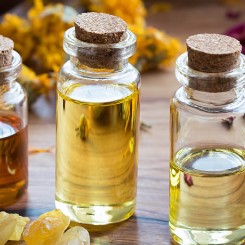 Essential Oils
Essential Oils
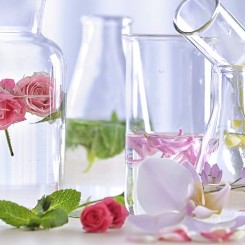 Hydrolats, Hydrosols, Floral Waters
Hydrolats, Hydrosols, Floral Waters
 Synergies
Synergies
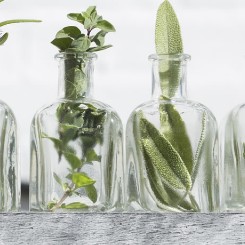 Herbal Oils
Herbal Oils
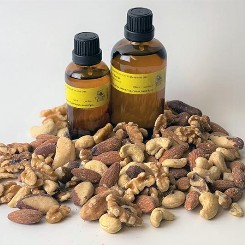 Vegetable Oils
Vegetable Oils
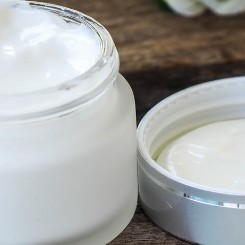 Bases
Bases
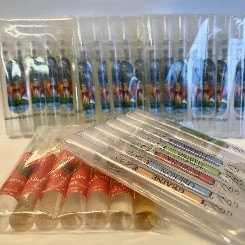 Books, Kits and Trial Packs
Books, Kits and Trial Packs
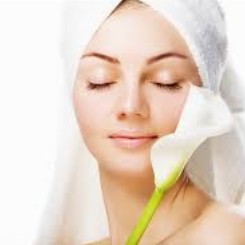 Skincare
Skincare
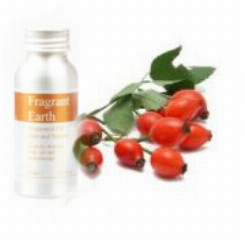 Body Care Oils
Body Care Oils
 Hair Care
Hair Care
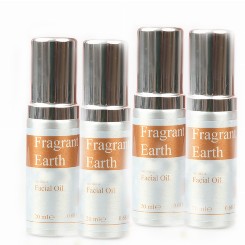 Facial Oils
Facial Oils
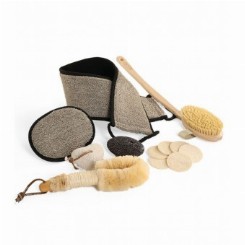 Eco Bath
Eco Bath
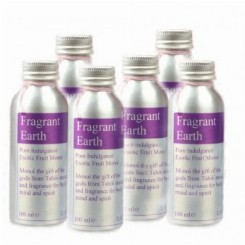 Pure Indulgence
Pure Indulgence
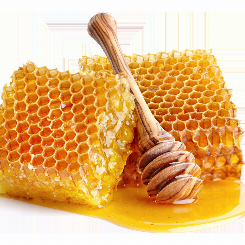 Honey, Beeswax & Propolis
Honey, Beeswax & Propolis
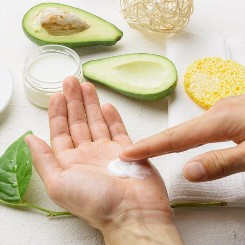 Handcream
Handcream
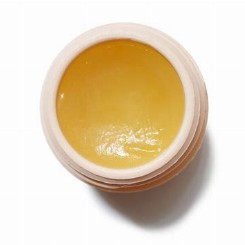 Balms, Salves & Ointments
Balms, Salves & Ointments
 Oral Care
Oral Care
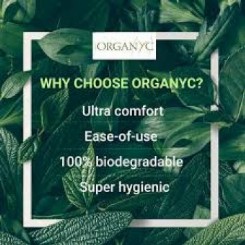 Feminine Hygiene
Feminine Hygiene
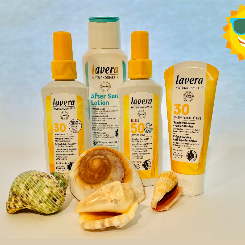 Sun Care
Sun Care
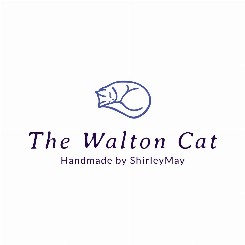 The Walton Cat
The Walton Cat
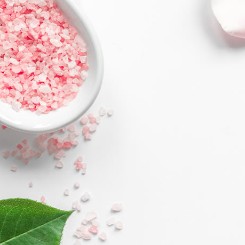 Bath Salts
Bath Salts
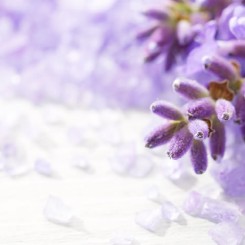 Somerset Lavender
Somerset Lavender
 Diffusers
Diffusers
 Candles
Candles
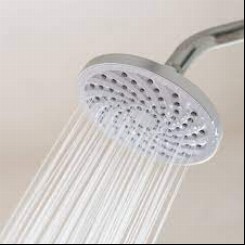 Shower Gel
Shower Gel
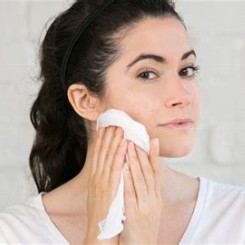 Soap
Soap
 Books
Books
-245x-245x.jpg) Aromatic Waters
Aromatic Waters
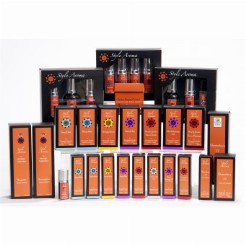 Style Aroma
Style Aroma
 Synergy Blends
Synergy Blends
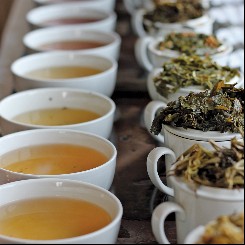 Miles Speciality Teas & Coffees
Miles Speciality Teas & Coffees
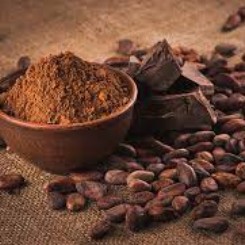 Chocolate one of life's passions
Chocolate one of life's passions